Risk? It’s fun, says the man in charge of risk management at EADS, one of the world’s riskiest companies
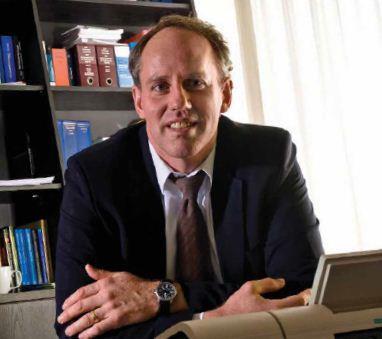
When an Ariane rocket and its precious payload is fired into space from French Guiana, it’s fair to say that Christoph Schwager is more than interested in the result. Schwager is chief risk management officer at EADS, the giant European aerospace and defence group, which is involved in some of the most hazard-prone industries in the world. And, naturally, a failed launch of the rocket manufactured by EADS’s Astrium subsidiary, is a risk that has to be avoided at all costs.
With 2011 revenues of €49bn, EADS manufactures a daunting array of hi-tech products, including passenger aircraft (Airbus), helicopters (Eurocopter), advanced military equipment, space hardware, security systems and much else besides. This is a company where, as Schwager says, “massive projects are routine”. Last year alone, Airbus delivered a record 534 commercial aircraft.
Inevitably, giant-sized projects come with risks. Indeed, just one of these industries - aerospace - would pack quite enough danger for most companies. Speaking to StrategicRISK from his office in Munich, Schwager says: “The development of a new passenger aircraft like the A380 is one of the riskiest businesses there is.” Indeed it is. With around 70 of the flagship A380s in service, the roll-out of more of the superjumbos has slowed after microscopic cracks were found in brackets inside the planes’ wings. The problem is the result of design and manufacturing errors, and may take years to fix.
‘Risk management is a very positive thing. If you do it right, you can achieve a lot for the company’
Christoph Schwager EADS
Information is treasure
And yet Schwager, a graduate of Augsburg and Chicago universities, is not a man to be dismayed by the challenges of keeping this giant organisation out of trouble. Far from it: he revels in the job. “We have to take risks,” he says. “Without taking risks we wouldn’t have any success, any fun.” He quotes his outgoing boss, the much-admired Louis Gallois, who steps down as chief executive at the end of April: “He always tells us to only take risks when it adds value.”
Schwager’s cheerful philosophy is based on his firm conviction that managing risk correctly is not so much about preventing negative events from occurring - although obviously that is part of it - but about tapping the vast storehouse of internal information that risk managers accumulate, to take the company forward. “Risk management, correctly used, reduces complexity,” he says. “In complex organisations there is too much information, which can cause problems.” In short, if managed properly, risk management presents opportunities.
“Risk managers have more information about the firm’s risks and opportunities than anybody else because they work right across the company in all the operational units,” he says. “The information they have is a treasure in their hands, and the challenge is to make use of this information in the best interests of the company. My risk managers are always looking for risks to kill, and opportunities to pursue.”
Strategy into action
In practical terms, that means risk managers should not only identify current and looming threats to the company’s wellbeing, but long term potential. “The risk management function provides a service to transform strategy into action,” he says. “By monitoring a process from strategy to execution, risk management can facilitate target achievement. “If risk management was just a compliance or reporting exercise, no value would be added to the company,” Schwager says. “Risk management is a very positive thing. If you do it right, you can achieve a lot for the company with limited resources.”
Schwager is, however, far from gung-ho about risk for its own sake. In a company as vast as EADS, or indeed any other giant company involved in such sensitive industries, he believes one very simple, strict, enterprise-wide rule should apply. ” Always avoid risk where there’s no return,” he says. “And always keep your risks within your company’s risk appetite.”
As an example, he cites the highly complex area of quality control (the aerospace industry is probably one of the most regulated sectors of all). “You obviously don’t take any risks with quality because there’s no return,” he says. Thus, as a matter of policy, EADS bends over backwards to satisfy all the regulations to which it is subject.
Schwager, who deploys a virtual army of full-time and parttime risk managers to embed the desired culture across the company’s 133,000 employees, believes they have to be unusually tough-minded individuals. “My risk managers need to have strong communication and analytical skills, plus know how to do the dirty work,” he says. “They need to be strong characters, asking difficult questions.”
Time for thinking
That’s one reason why most of them are involved in operational units in the thick of the action. And having asked the hard questions and brought issues out into the open, they have to push to make it all happen. “People don’t always like to execute [in risk management],” Schwager says. “They like to think about it. But EADS cannot compromise on quality.”
To be really useful to the company, risk managers should also adopt a special kind of objectivity, Schwager says. “They must provide the outside view. They must be prepared to say to people ‘this is how I see this issue’ and then challenge them to do something about it.”
And yet, in an apparent contradiction, the risk manager must also be close enough to the organisation to embed a risk culture right across it - no small task in EADS with its multiple divisions. “The most challenging part of the job is changing the culture and making risk management part of the whole business model,” Schwager says with some fervour.
The most important part of Schwager’s day, as he sees it, is the time that he somehow manages to set aside for thinking. This is the vital time when he reads the flood of material that crosses his desk, forms a coherent view of it all, and then delivers recommendations that go straight to the top executives and the board.
“The art of risk management is not to be overwhelmed by the daily chaos that you get in big organisations,” he says, “but to be able to sit back and form your opinion.” And the main discipline is to keep focused and prioritise: “When a risk manager gets 100 risks on the table, he has to aggregate and sort out the top five or top 10, or whatever is required.”
That, you would think, would be a hard thing to do in a company such as EADS while still having fun.





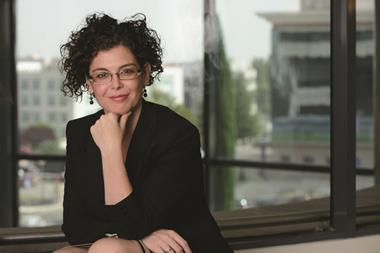
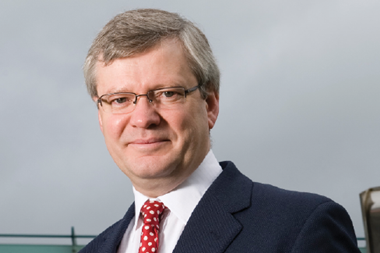

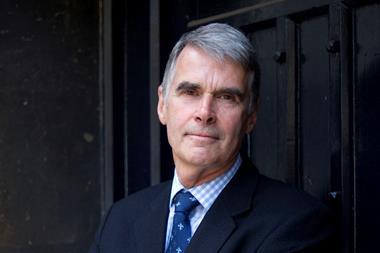
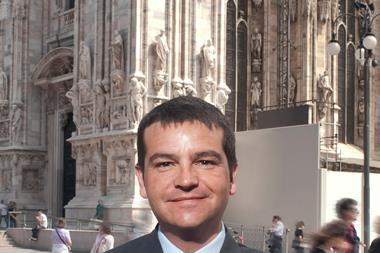
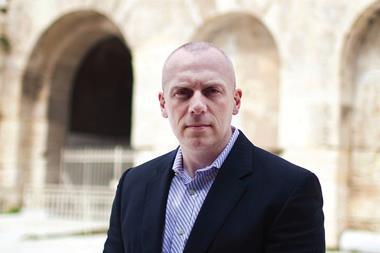









No comments yet